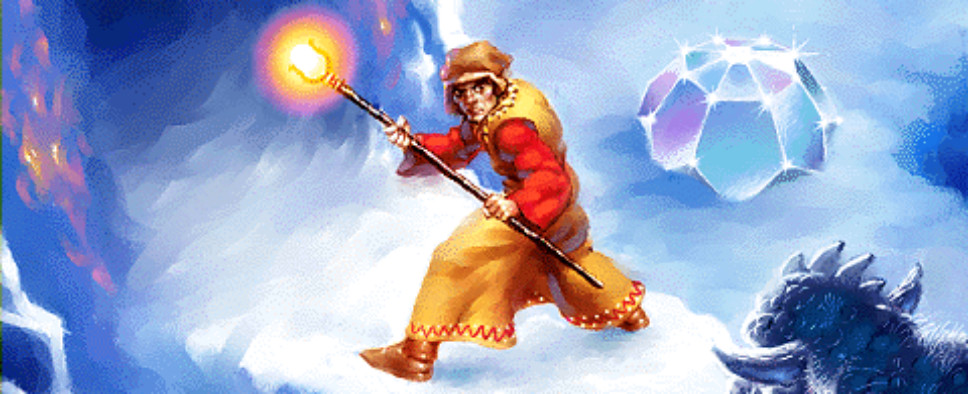Making Ultima Underworld - The Digital Antiquarian
-
Category: News ArchiveHits: 1632

Having recently covered a number of real-time grid-based dungeon crawlers, The Digital Antiquarian moves on to the next iteration of this sub-genre of RPGs - one that gives you complete freedom of movement. In particular, the latest blog entry covers Blue Sky Productions' Ultima Underworld: The Stygian Abyss, the history behind this title, its development, and the technology that made it possible.
Here are a few sample paragraphs:
They kept coming back to the theme of embodiment, what Neurath called “a feeling of presence beyond what other games give you.” None of the earlier dungeon crawlers — not even those in the Dungeon Master tradition that ran in real time — had been able to deliver this. They could be exciting, stressful, even terrifying, but they never gave you the feeling of being physically embodied in their environments. It was the difference between reading a book or watching a movie and really being someplace.
It went without saying that Underworld must place you in control of just one character rather than the usual party of them. You needed to be able to sense the position of “your” body and limbs in the virtual space. Neurath:
We wanted to get a feeling that you were really in this dungeon. What would you expect to do in a dungeon? You might need to jump across a narrow chasm. You might expect to batter down a wooden door. You might expect to look up if there was a precipice above you. All these sorts of physical activities. And we tried to achieve, at least to a reasonable degree, that kind of freedom of motion and freedom of action. That really extended the R&D stage. It was about nine months, even a year, before we had all the underlying technology in place that allowed us to visualize this fantasy universe in a manner that we felt was appropriate and would work well and would allow the player the freedom to maneuver around and perform different kinds of actions.
Over the course of this time, Neurath hired only one more programmer, one Jonathan “J.D.” Arnold, who had previously worked on Infocom’s Z-Machine technology in that company’s twilight years. But finally, in the late spring of 1991, with the basic interface and the basic technical architecture all in place, Neurath decided it was time to hire some more people and make a real game out of it all. Doug Church immediately thought of his old friends back at MIT, and Neurath had no objections to recruiting from that pool; they were smart and passionate and, just as importantly, they were all happy to work for peanuts. Given the time of year it was, Church’s old buddies were all either graduating or finishing up their semester of coursework, leaving them free to come to Blue Sky.
None of these people had ever worked on a commercial computer game before. In fact, most of them hadn’t even played any commercial computer games recently, having been ensconced for the last several years inside the ivory tower of MIT, where the nature of gaming was markedly different, being a culture of creation rather than strictly one of consumption. And yet, far from being a disadvantage, the team’s sheer naivete proved to be the opposite, making them oblivious to the conventional wisdom about what was possible. Doug Church:
I had actually played Space Rogue because one of my friends had a Mac, but the clusters [at MIT] were all Unix boxes so I ran X-Trek and NetHack and things, but I hadn’t played a PC game in five years or something. So we just said, “Let’s do a really cool dungeon game in 3D, let’s go.” It’s interesting because a lot of people talk about how we were doing such a Dungeon Master game, but as far as I know none of us had ever played Dungeon Master. We didn’t have any idea we were doing anything that wasn’t just obvious in some sense because we had no context and the last time any of us had played a [commercial] game was back when we were fourteen. We played games in college, but they were very different; you’re playing networked X-Trek or something, it doesn’t feel like a home-computer game.

